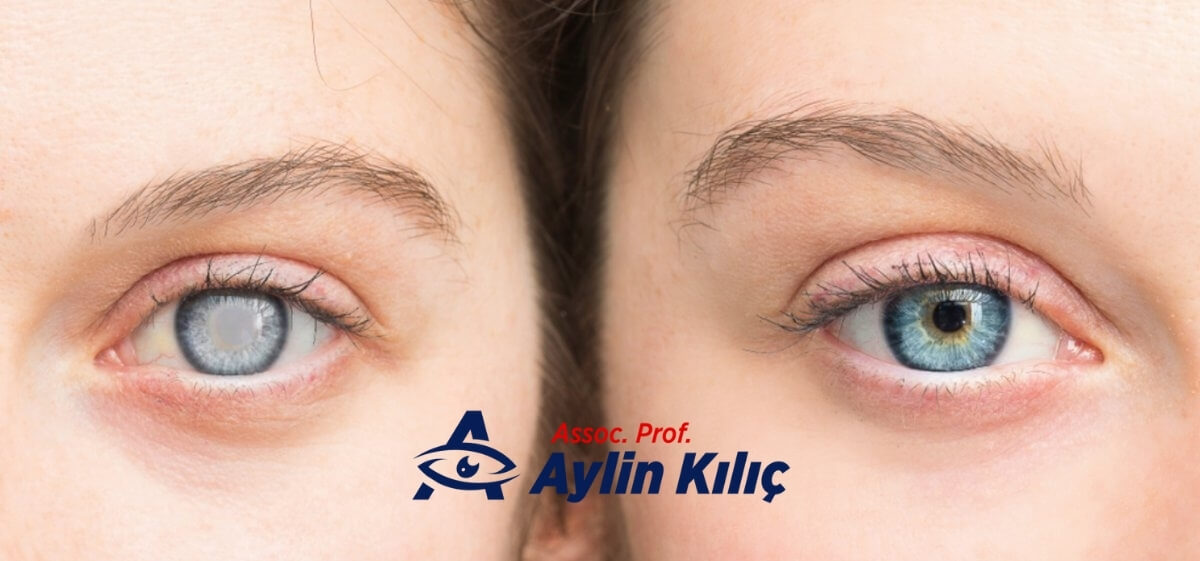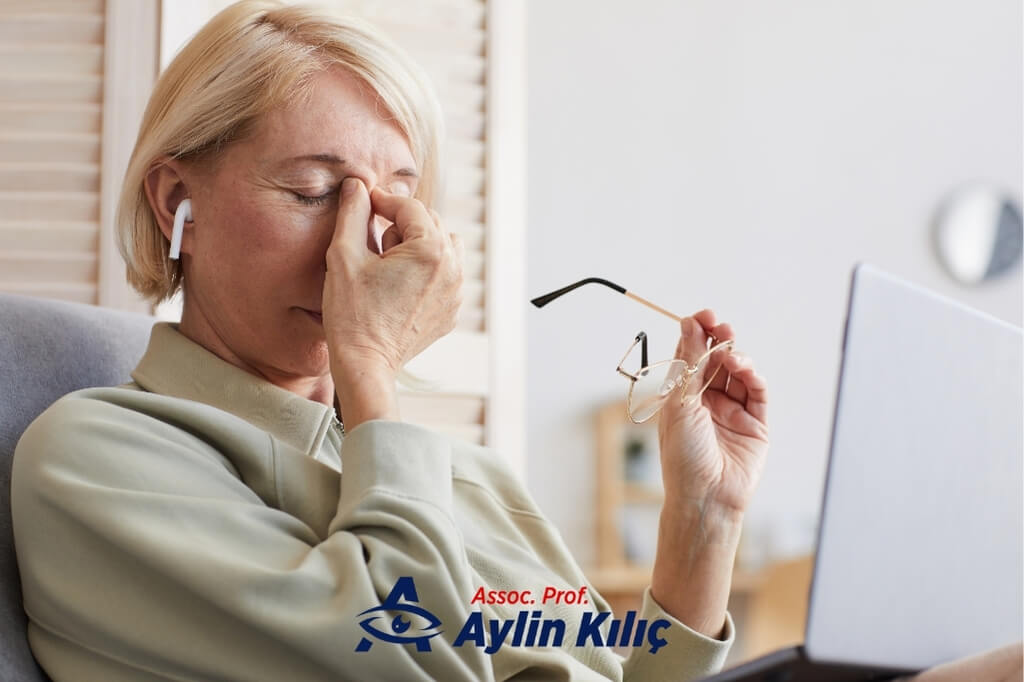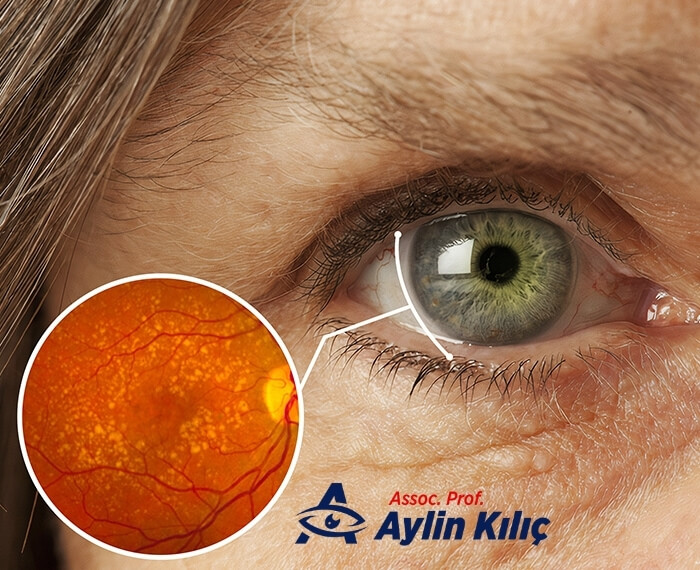As in many parts of our body, certain changes begin to occur in our eyes as we age. These changes, which directly affect the comfort of vision and eye health, in short, there are different treatments applied to eliminate the aging effect. From time to time, we share our blog content with you for these treatments. In this content, we will approach the subject a little differently and talk about the changes in the eye as we age.
What changes occur in our eyes due to aging?
Presbyopia – Decreased near vision
The lens in our eye starts to lose its flexibility over time. With the decrease in flexibility in the lens of the eye, near vision problems arise. This condition, called presbyopia, usually starts to occur after the age of 40 and it is not possible for it not to occur.
Cataract Development
As we age, the weight and thickness of the lens of the eye begin to change. Accordingly, the compatibility of the lens decreases and new fiber layers begin to form around the lens. The core of the lens also begins to tighten and harden. In this process, the proteins in the lens nucleus undergo chemical changes and the transparent layer of the lens begins to dull.
As the lens becomes blurred, vision begins to close as not enough light is let in. We can see that vision loss increases over time. In this case, cataract surgery comes into play and lens replacement is performed.

Shrinking of the Pupil
Among the changes in the eye as we age, we can count the shrinking of the pupil. The pupil becomes smaller at older ages and expands later in the dark and shrinks later under high light. We can also call it a little slower movement.
Decreased Adaptation to Light
As the adaptation of the pupil slows down, the adaptation to light also decreases. As a result of the slowing of adaptation to light, vision difficulties begin to occur in low light.

Increased Risk of Dry Eye
As the volume and function of tears decrease, dry eye becomes more common. Burning, stinging sensation and redness may occur due to dryness in the eye.
Yellow Dot Disease (Macular Degeneration)
The macula is the center where the light coming into the eye is focused and allows the person to have a sharper vision. This part contains yellow pigments to prevent damage caused by excess light and is called yellow spot because of the color of these pigments.
This part, which is constantly in high metabolic activity, begins to deteriorate with the accumulation of toxic wastes with age. After the retinal cells in the region cannot be adequately nourished, loss of function occurs in nerve cells. The disease, which we can also call age-related yellow spot disease, is also among the age-related changes that occur in the eyes.

Deformations Around the Eyes
The elastic structure of the eyelids changes depending on age. With the loss of elastic structure in sensitive eyelids, wrinkles and sagging may occur. In addition to creating an aesthetic concern, the decline in the eyelids can also affect vision.
Yes, all the items mentioned above can be shown as age-related changes that may occur in the eye. It is possible to minimize these effects with regular care, healthy nutrition and support from specialist doctors when necessary. But it is important to remember that aging is inevitable.




